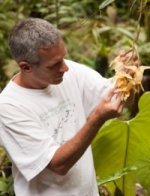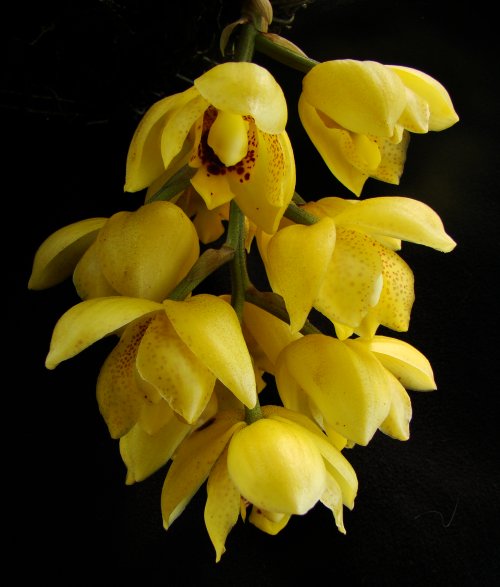|
|
||
|
Features Treats 122 of the most eyecatching and widespread orchid groups, from the Bahamas to Brazil Easy to use identification system allows rapid recognition of almost any orchid flower More than 480 stunning photos from world-class orchid growers and photographers Entertaining accounts of ecology, medicinal uses and history bring each group to life Invaluable as a field guide for orchid tourists visiting tropical America - over 100 reserves and parks featured Authors Dr. Joe Meisel is vice president of the Ceiba Foundation for Tropical Conservation, and has worked for over 20 years in Latin America conducting research, teaching, and working with local landowners and communities to protect orchid habitat.
Dr. Ron Kaufmann is a professor at the University of San Diego, a long-time orchid grower, founding member of the Orchid Conservation Alliance and chair of the San Diego County Orchid Society's Conservation Committee. Dr. Franco Pupulin is the orchid curator of the Lankester Botanical Garden in Costa Rica, editor-in-chief of Lankesteriana, and frequent contributor to scientific journals on the subject of orchid taxonomy. Cornell University Press Book website
|
Acineta Description: Hefty Acineta plants favor thick, strong branches from which characteristic waxy, rounded, bell-shaped flowers hang in loose bunches. Flower: Spherical blossoms appear only partially open: thick sepals enclose smaller petals in a shape reminiscent of a sleigh bell. Typically yellow or cream-colored, flowers almost always are decorated with wine-colored spots. Side lobes of the fleshy lip sweep upward around the column, while the cupped front portion nearly closes the orb-like chamber. The lip is rigid, to which the genus owes its name (Greek for non-kinetic or immobile). The thick, waxy column often is hairy near the base. Most species are fragrant. Plant: Bulky (3-4” tall), egg-shaped pseudobulbs are deeply grooved, with 2-4 large, pleated leaves emerging from the top. Numerous flowers on a single, unbranched spike (to 20” long) dangle beneath the plant. Similar: Anguloa is terrestrial, with one or two flowers on an erect inflorescence. Gongora plants are much smaller, the flower sporting a highly complex, extended lip. Peristeria pseudobulbs are smooth (when young). Stanhopea pseudobulbs are squat, inflorescence stalk is narrow (usually pencil thin or smaller), and flowers are not cupped.
Diversity and Distribution: Some 15 species of Acineta grow epiphytically in middle to high-altitude wet forests, from southern Mexico to Peru.
|
Contents
Acineta
|
|
For more information, please contact the author. To order, visit Powell's Books, Amazon, Cornell University Press, or local booksellers (find a bookstore). |
||

